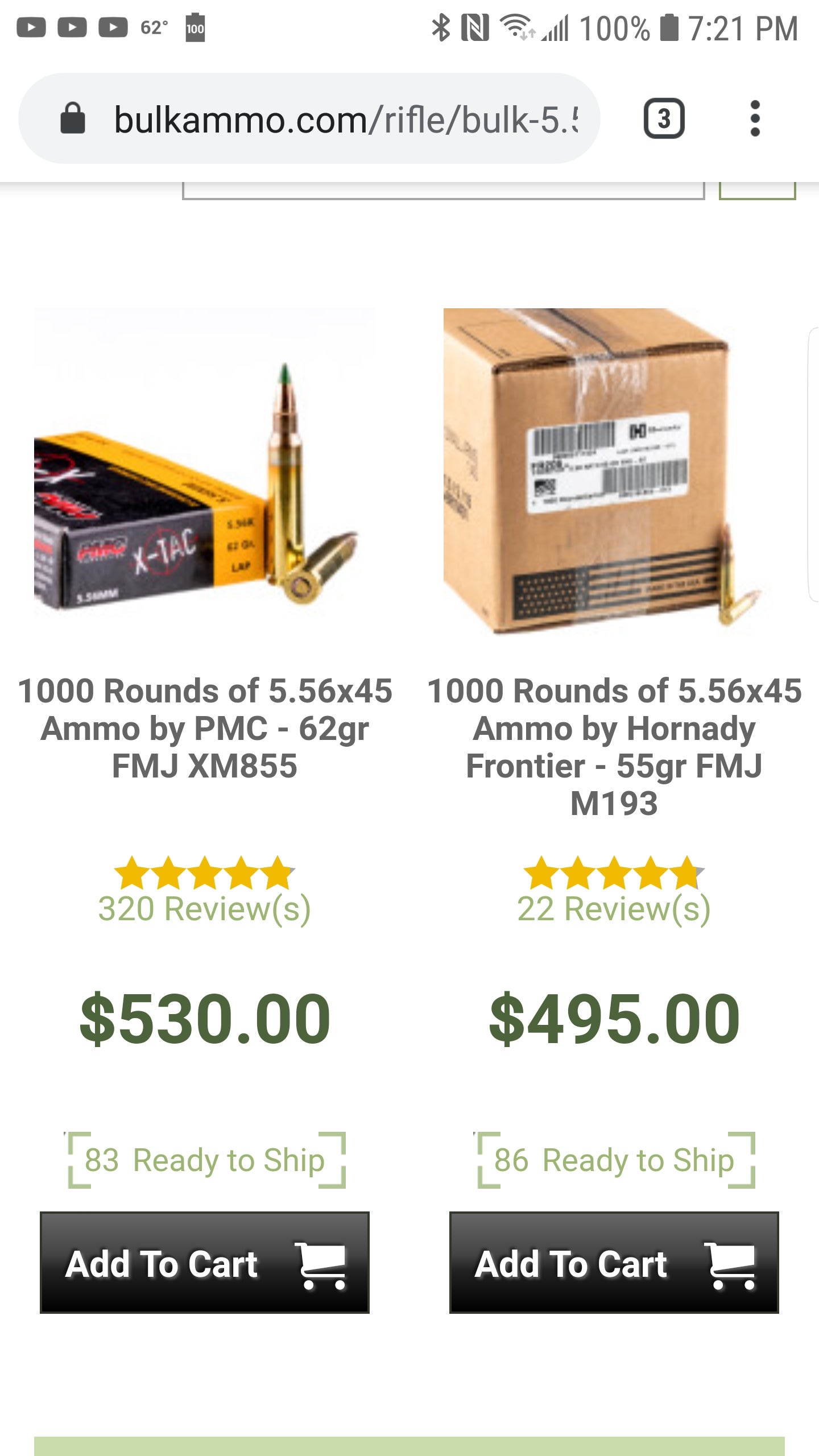
If you are looking for a disability plan, it is important to understand whether you can pick your own lawyer or if one is appointed by the plan. You may also be able to choose from a list of attorneys, or have them recommend you. You'll also want to consider which attorney's network accepts your case and which one will charge a higher premium. We'll be covering the advantages and disadvantages of each option in this article. Continue reading to learn more.
Gold membership plan
You may have seen advertisements for USCCA online and decided to sign up for a free trial. This membership option may seem appealing to you. If not, you can read the benefits below to see if it is for you. These membership plans also offer financial security and peace in mind. Not only that, but you can also take advantage of the USCCA's Pro-2A defense and 24/7 emergency report.

CCW Safe's coverage
If you are serious about protecting yourself, you might be curious if CCW Safe USCCA permit plans protect you from harm. You may be surprised at the answer. While police officers receive a certain amount of protection, it does not extend to civilians. In fact, when a police officer leaves the department, they know they are no longer protected. CCW Safe offers several types of plans to suit the specific needs and requirements of law enforcement officers.
Red flag law coverage
Red Flag Law coverage forms part of every firearms liability insurance policy. This type of coverage is not provided by the USCCA. However, it is offered by its affiliate foundation. The Foundation grants grants legal gun owners who are "red flagged." You don't have to be a USCCA Member to get this type of coverage. Below you can find more information about the Foundation's grant programs.
365-day guarantee
The USCCA offers members a 365 day guarantee. This guarantee allows you to cancel your membership at any time and receive a full refund. The plans can be expensive but offer many benefits. You get a bulletproof refund guarantee for up to 365 days. You will never be asked for money to join a club you don't want.

Prices
USCCA membership plans come with a number of perks as well as premiums. The Gold plan costs $300 annually and provides little in the way educational benefits. Although the Elite plan is more costly, it offers more perks such as $250,000 in civil defense and bond coverage. These plans include psychological support as well as personal hardship coverage. These perks are available in the most basic plans, but you cannot choose a plan just based upon its price.
FAQ
How much does hunting cost?
Prices for hunting trips vary depending on where they are taken, the species and size of the animals being hunted.
A two-person hunting party costs between $500 and $1,000 on average. This includes lodging and food as well equipment, permits, fuel, and licenses.
Some areas charge higher prices than others. Hunting during peak seasons such as the fall turkey and spring turkey seasons will result in higher prices.
How much training is required to become a hunter. How long is it?
To learn how to hunt, you must attend a basic course. This course will help you learn about different game types and the laws that surround hunting.
You will learn how firearms and ammunition should be handled. Instructions will also be provided on how to safely use these weapons.
The course can last anywhere from 2 weeks to 3 months. Some courses can also be done online. Others are held in person.
Passing a written test is necessary to obtain a license. You might also need proof that you have completed a hunter's education course.
How much does it cost for me to become licensed? What happens if I don’t have enough money to pay for licensing?
The cost of licensing varies by state. It can cost anywhere from $20 to $100.
If you do not have enough money, you may be able to apply for a loan or grant.
To pay the tag fee, you must also pay the fee. Prices for tags vary depending on what type of game you hunt.
Tags are available to deer, elks and bears as well waterfowl, upland bird, and furbearers (like foxes).
Some states require registration with the Department of Natural Resources to be eligible for a license.
Check the regulations in your area before you hunt.
What if I don't have a hunting license?
You can hunt without a permit. But, you're breaking the law.
You could face fines and even jail time.
Some states allow residents without a license to hunt. For more information, contact your state department or natural resources.
Hunting is a great hobby.
Hunting is like playing chess in nature. You have to think ahead, plan out every move, and anticipate where the game will go next.
Hunting for food is a goal. Therefore, it is important to understand what type of animal you are hunting, how to track your prey and when you should stop tracking. These are the things that will make you a successful hunter.
Keep your eyes open when hunting. So you won't miss any opportunity. When you do see something, make sure you get close enough so that you can identify it. Keep a record of what you see and take notes. This will allow you to remember what you saw later, if you want to hunt again.
It is more than just shooting targets. It's about being in touch with your surroundings and the animals around.
Statistics
- In less than 20 years, Rhode Island saw a 40% drop in the number of hunting licenses for residents, according to The Valley Breeze. (stacker.com)
- Thanks to the 1937 Pittman-Robertson Act, an 11% excise tax was placed on the sale of firearms, which were then used for conservation. (stacker.com)
- - Percent of residents with paid hunting licenses: 0.7%- (stacker.com)
- Licenses dropped from a peak of roughly 17 million in the 1980s to 15 million in 2019, according to The Seattle Times. (stacker.com)
External Links
How To
How to make a Deer Blind
A deer blind can be used as a hunting device to conceal game animals like deer and elk. The deer blind is a small enclosure of canvas or wood, often covered with leaves and branches. The hunter hides inside the enclosure and waits for the animal to pass by. For hunting at night, deer blinds are often used.
You can find deer blinds in many sizes and shapes. Some are portable while some are permanent. They are typically constructed out of materials like plywood, cardboard, plastic, canvas, or metal.
The most common types of deer blinds are box blinds (also called box stands), which consist of a wooden box with a roof and walls. Boxes are very popular because they are easy to construct and transport.
A tree stand can also be used as a deer blind. Tree stands are natural looking so that it is not obvious they exist. Most tree stands can be permanently attached to trees.
Ground blinds can also be used, which are very similar to tree stands, but are built into the ground. Ground blinds are usually camouflaged in dirt, rocks or sand. Ground blinds may also be known as "ground boxes"
There are several ways to hunt with deer blinds. One way is to sit still and wait for the animal to approach. You can also try moving around to scare away the animal. If you choose this method, make sure you stay quiet and don't move too much. This could lead to the animal thinking you're a prey and running away.
First, find the right spot to place a deer blind. It is important to choose a location where the wind doesn't blow your scent towards the animal. Avoid hiking areas.
You should also know how to set up the blind properly. This is because you don't want the animal to run away from you.